Today we look at the wireless Grado GW100 headphone, selling for only $249 USD.
[responsivevoice_button]
Disclaimer: Grado sent us the GW100 for this review, free of charge. I only covered the import taxes and fees. All thoughts and experiences with the product are naturally my own. You can find out all about it here: https://gradolabs.com/headphones/wireless/
Grado
Grado is a brooklyn-based audio company which was founded in 1953 by Joseph Grado. Nearly 70 year old company specializes in dynamic open-air, supra-aural, high-fidelity headphones and cartridges. All of their products are hand-built and as niche as it gets. They’re prioritizing sound before anything else and they stick to their unique, old-school aesthetics even today.
Brief History
67 years ago, Joseph Grado, who was a watchmaker at the time, began to craft phono cartridges. After the immediate success, he closed the Grado Fruit company and Grado Laboratories was founded. Cartridge production continued, and Mr.Grado was awarded patents for the first Stereo Moving Coil Cartridge. In 1960, the popularity of Grado cartridges was piqued and they also started the production of new products including the Dustat Record Cleaner, the Lab Series of phono cartridges, speakers, tonearm, and turntables. In 1965, John Grado took the first step into his uncle’s world and his journey started there as his uncle took him under his wing to teach him all about sound & electrical engineering. Grado continued to grow and In 1975, John graduated and joined Grado full-time. In 1990, John bought the company from his uncle and became the President & CEO. A year later, John built the first Grado headphone. Jonathan Grado is born. In 1993, the SR325, the first metal Grado headphone was released.
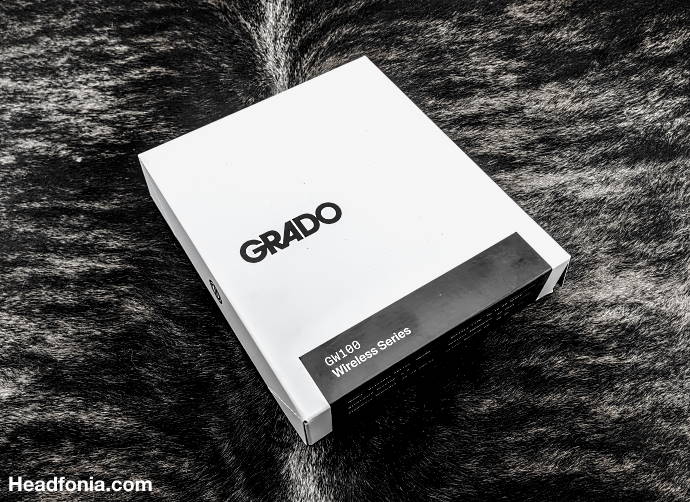
Grado GW100
A year later, John carved & built the first wooden Grado AKA RS1. (Such a wonderful headphone. I did not move for an hour when I first heard the RS1) Meanwhile the SR60 was getting more famous every passing day. Grado focused on building headphones primarily. In 1996, the first wooden cartridges were built. Additionally, Grado’s first single wood block amplifier was built as well. In 2007, Grado released their second generation headphone lineup, The i Series. In 2013, Jonathan started working at Grado Labs. In 2014, Grado released their third generation headphone lineup, The e Series. Grado continued to receive praise from the press. In 2015, Grado built the first headphone ever to be out of the Brooklyn tree, the GH1. Joe Grado, passed away. In 2016, the first wooden hybrid headphone was built. The GS2000e. In 2017, Metal meets maple in the new flagship PS2000e. In 2018, Grado released their first wireless headphone GW100.
For even more detail, you can go here for the full story: https://gradolabs.com/company/timeline
GW100
Today we’re taking a look at the Grado’s first wireless headphone, the GW100. I am quite excited to write this review as I really appreciate Grado’s unique way towards headphones. GW100 is no different, Grado DNA is oozing from the housing and of course, Grado is using their signature drivers for this model also.
This is the updated version of the GW100, the first version had a smaller battery, micro-usb port and Bluetooth 4.2.
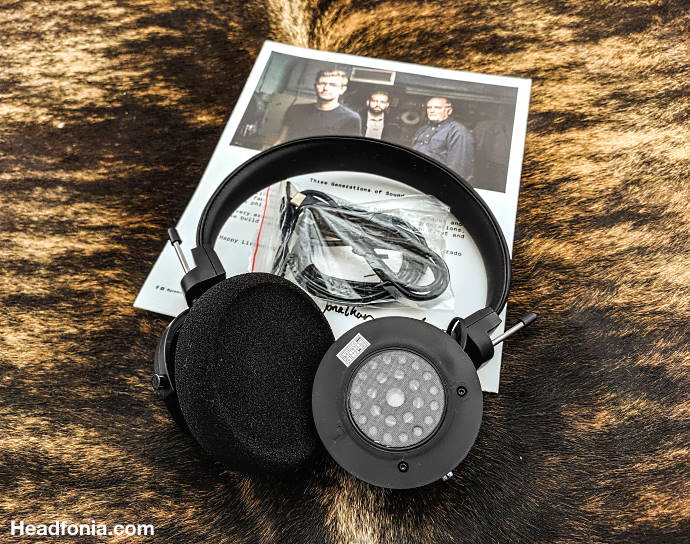
Grado GW100
Specifications & Technical Data
Bluetooth Version: 5.0
Battery Capacity: 850mAH
Working Distance: 10m
Battery Life: 40 hours
Charging Time: 2 hours
Frequency Response: 20Hz~20KHz
Mic Sensitivity: 42dB +/- 3dB
Transducer Type: Dynamic
Operating Principle: Open Air
SPL 1mW: 99.8 dB
Nominal Impedance: 32 ohms
Driver Matched dB: .05 dB
Codec: aptX, AAC & SBC
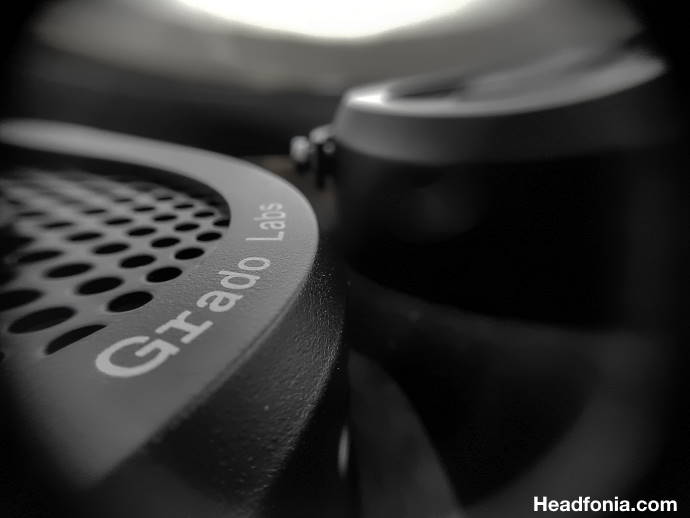
Grado GW100
Accessories
In the Box: Headphones, Warranty, Grado story-sheet, USB-C charging cable, 3.5mm audio cable.
Design & Packaging
Grado’s timeless design cues. Their signature cardboard pizza box, circular housing with grille and an elegant headband… now with a Bluetooth module. Headphones are designed the way they always were by Grado. Hand-crafted and hand-matched with care, but built in China according to the GW100’s product page. It has been a couple years since I took a budget Grado in my hands so I forgot how their plastic feels like. I am more accustomed to their beautiful wood housings. The GW100 is plastic and if my memory serves me right, the housing plastic is the same as the SR80’s. The grille surprised me though, perhaps they chose this style to reduce the amount of sound leak. For example, PS500e’s sound leak was much much worse than GW100. Whatever they did, it seems to be working. The headband is mad of artificial leather and is smooth to the touch. Their awesome new logo is presented on the cups. The supplied cushions are, I believe, cushion-WS type. I am more of a cushion-g type of guy. The writings are not embossed as classic Grados, they’re printed. The left cup has various buttons, a 3.5mm stereo jack, and a USB-C connector with dust-cap. There is also a little LED next to the 3.5mm socket, it indicates battery and charging status. On a side note, the headphones are quite light.
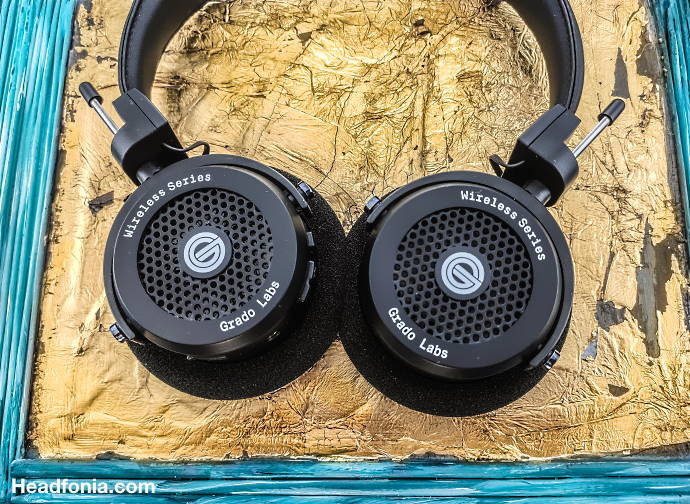
Grado GW100
Comfort & Isolation
The GW100 comes with the cushion WS pads, which are much thinner than the G pads. I do wear glasses and the thin cushions plus clamping pressure unfortunately does hurt after around 4 hours. Is it bad? I don’t think so. For the moment his is the only cushion that fits the GW100. As I mentioned before, the headphones being very light helps with the comfort. (no offense here HEDD Audio!) Isolation is as expected from on-ear headphones. Low to medium volume gives you good sound production without alerting anyone near you, so that’s good for a Bluetooth open-back headphone.
Stability & Features
GW100 utilizes Bluetooth 5.0 and whatever the module they use, it is great. During my time with the GW100, I did not experience any audio drop outs or noticeable delays. The connection was seamless. I can easily take a stroll around the house. Even 2 walls are not enough to break the signal. The mic quality however, surprised me as I expected better from Grado. The mic works okay, but if you have any kind of background noise, the receiver will have a hard time understanding you. Another important aspect of a blue tooth can is the battery life. The battery is located in the right cup, and it can power the headphones at %50 volume for over 40 hours. I tested the battery life at %70 volume and it took 37 hours 47 minutes for GW100 to drain. This is truly impressive to be honest. USB-C charging is a great addition as well. Grado states that it takes around 2 hours to charge the battery. It is also possible to answer, hang-up, increase and decrease volume, skip to the next/previous song using the buttons on the left cup. It is also possible to pair the headphone with more than one device. On an additional note, the GW100 supports AptX but unfortunately not AptX HD.
The part on sound starts on the next page, after the click here. You can also use the jumps below.






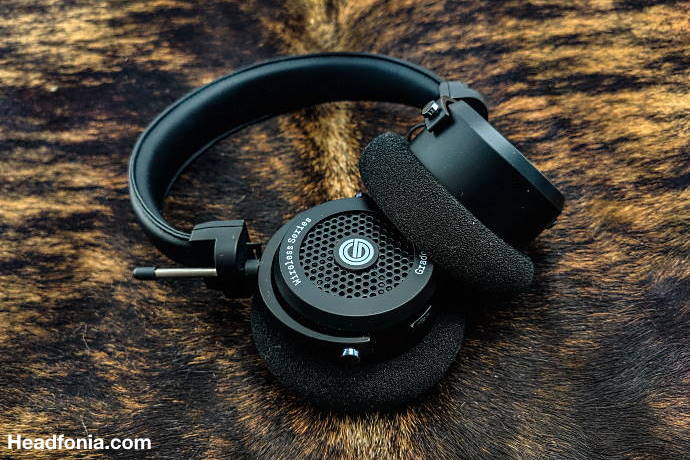


Sp12er
THIS is how to take a classic and make it wireless, not the slaphack job they did with the Koss Porta Pro.
Javid Rasheem
Thank you very much for the comprehensive review. I just read the Grado’s full story. I’ll get a GW100 soon.
Sabi
This dude knows what’s up! I’ve been looking into the headphones in this price range and never considered wireless stuff until I stumbled into this review. My order just came in and it’s perfect.
MhtLion
My last a few attempt at Grados ranging from$300 to $1400 always underwhelmed me. In fact I could not believe how they sounded for the price for my ears. But, reading this review, I think it’s time to try another at Grado.
Steve Costello
Very comprehensive review thank you so much keep up the great work I’m on the fence now between this and the HiFi man Bluetooth version which I heard is excellent as well